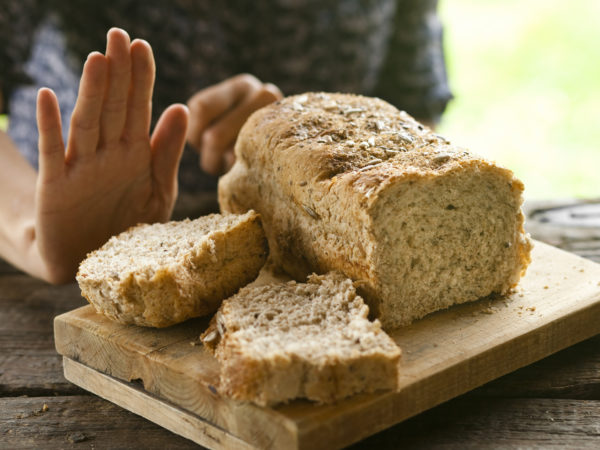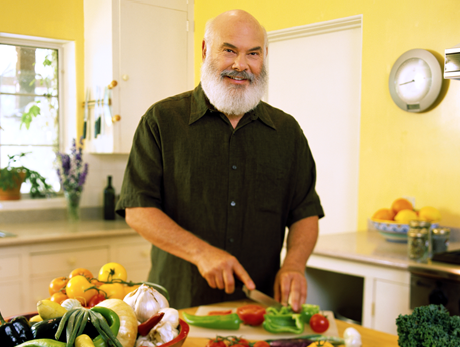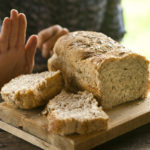4 Things To Consider Before Going Gluten-Free

An estimated two million Americans – about one in 133 people – have celiac disease, an inherited, autoimmune disorder that tends to run in families. Symptoms are caused by eating foods that contain gluten, and, like many autoimmune conditions, the symptoms can initially be triggered by physical or emotional stress or an illness. This means it is possible to not have any signs or symptoms until adulthood.
People with celiac disease should follow a gluten-free diet for life. Even a small amount of gluten can cause problems and result in damage to the small intestine. The good news is that following a gluten-free diet can greatly improve and even completely resolve symptoms, heal existing intestinal damage, and prevent further problems.
There have also been enough small studies and many anecdotal success stories that the University of Arizona Integrative Medicine fellows have shared to support the existence of a similar result that is not genetic, known as non-celiac gluten sensitivity. If you feel like this may be affecting you, a three-week trial of gluten elimination is worth considering.
Use the following as a guide to a gluten-free diet:
- Avoid all foods containing wheat, oats, barley and rye. While technically oats are gluten-free, it is best to remove even the gluten-free version in your initial elimination phase.
- Read labels carefully. Gluten can turn up in cold cuts, soups, dressings, candies and soy sauce. Be aware of ingredients such as starch, modified food starch, hydrolyzed vegetable protein (HVP), hydrolyzed plant protein (HPP), texturized vegetable protein (TVP), binders, fillers, excipients, extenders, malt and natural flavorings, all of which may indicate the presence of gluten. When getting started, find an app for your phone that can help sort through the confusion or make sure your packaged foods state “gluten-free” on the label.
- Look for grocers and restaurants that specialize in gluten-free products – mixes for pancakes, muffins, pizza dough and bread are available. Realize that these are processed foods and should only be enjoyed on occasion. Instead focus heavily on eggs, fish, organic meats, nuts, fruits and vegetables. There are also several phone apps available that allow you to scan the barcode of products to confirm their gluten-free status or not.
- Be aware that gluten can be hidden in the products we use every day, such as stamp and envelope adhesive, medicines and even some skin and hair care products.
The Celiac Disease Foundation (www.celiac.org) and the Celiac Support Association (www.csaceliacs.org) have more information on gluten-free foods.
Today’s Health Topics
Editor's Pick
Health Focus
Ask Dr. Weil's Q&A
| sponsor |
| Visit Our Origins Shop! |
| Dr. Weil believes inflammation is the root cause of visible skin concerns like irritation. He also believes mushrooms have the power to fight irritation. That's why he partnered with Origins to create these Mega-Mushroom Formulas. |










